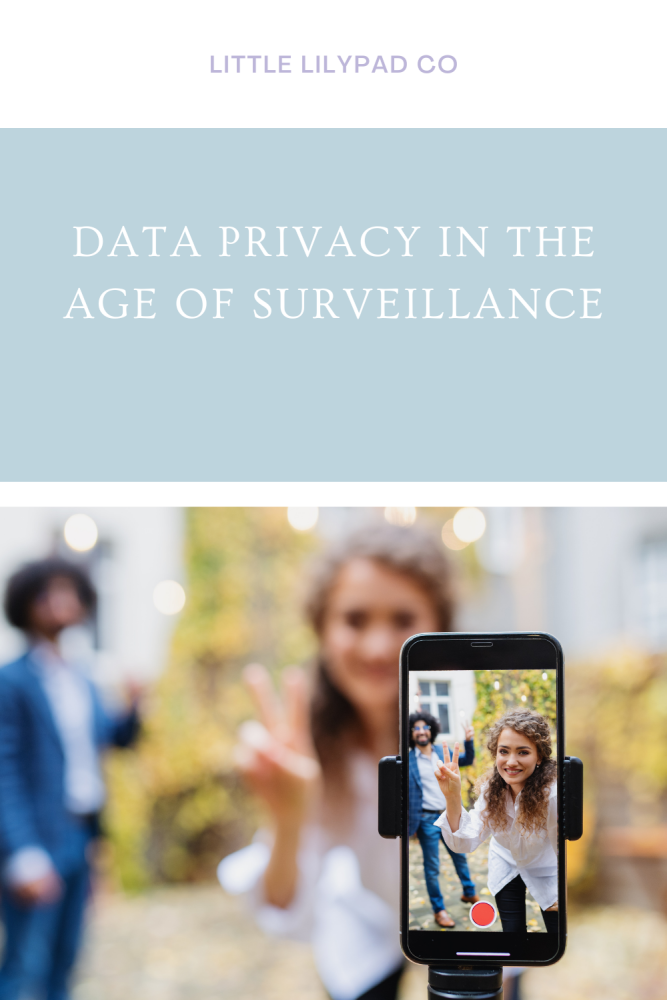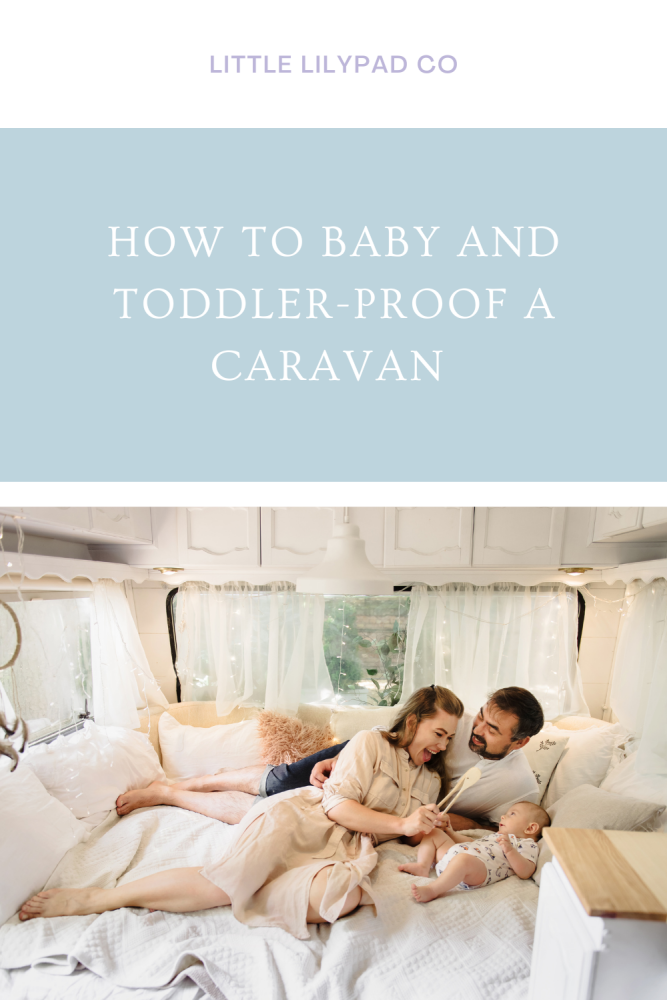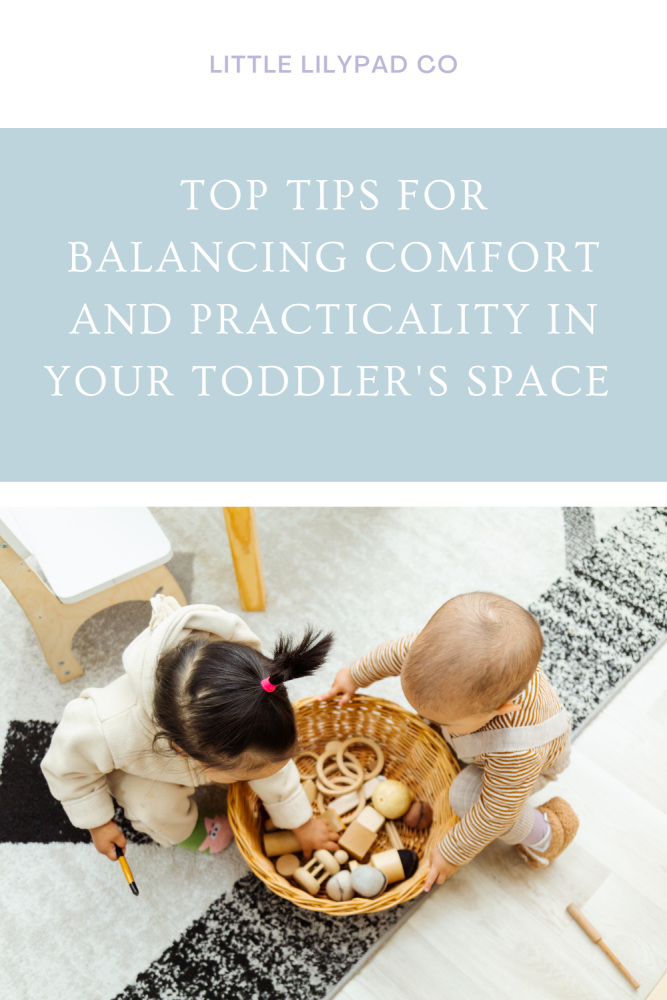Data Privacy in the Age of Surveillance
Posted on
In today's digital era, data privacy has become a buzzword and a concern that resonates with millions. But why is it so significant? Is it because of the rise in surveillance practices, both governmental and corporate? Perhaps it's the fear of personal data being mishandled, misused, or sold, despite GDPR. So, what does data privacy really mean in this age of heightened surveillance? And how can we navigate this complex landscape?

The Evolution of Surveillance
Way back in the day, surveillance was a physical act. Authorities would follow individuals, tap into phone conversations, and manually gather information. Today, however, surveillance has taken a quantum leap. With the proliferation of digital devices and the internet, vast amounts of data are being generated every second. This data can reveal personal preferences, habits, relationships, and even our deepest secrets. Can you imagine a world where every click, every like, every search, and every digital footprint is monitored?
Navigating the Digital Minefield
So, in this treacherous digital terrain, how can we all ensure data privacy? Simple steps, like regularly updating software, using strong passwords, and being cautious about the apps and services one subscribes to, can make a difference. For example, when certain apps or websites are blocked or banned in specific regions, users often seek alternative routes. If you've ever wondered how to unblock tiktok, there are resources and tools available that provide insights and solutions. Still, while tools can aid in navigating restrictions, it's crucial to ensure that they don't compromise on data privacy.
The Role of Big Tech and Data Brokers
While governments play a role in surveillance, they aren't the only players in the game. Big Tech companies, for instance, have become key players in this modern era of information collection. Every day, they accumulate colossal amounts of data. Whether it's through our searches on their platforms, the videos we watch, or the posts we interact with, every action is a data point for these companies. From search histories that can hint at our interests and concerns to location data that maps our daily movements, these tech giants have an unprecedented view into our lives.
What's more, their algorithms are designed to keep us engaged, meaning they constantly learn and adapt to our preferences to show us more of what we might like, further driving their data collection. Beyond these giants, there's the largely unseen world of data brokers, a realm many are unaware of. These entities operate in the shadows, often gathering more personal data than the big tech firms. They consolidate information from various sources, process it, and then sell these data bundles to the highest bidder. This can include marketers looking to target specific demographics or even other data firms aiming to enhance their own datasets. Alarmingly, this trade often happens without the explicit knowledge or consent of the individuals concerned, raising significant ethical and privacy concerns.
The Balance: Security vs. Privacy
In today's interconnected world, the question of surveillance is ever-present, deeply intertwined with our daily lives. There's no denying the significant role that surveillance plays in ensuring our security. Think about the numerous instances where surveillance has aided in preventing potential acts of terror or crime. It helps intelligence agencies track suspicious activities, providing a safety net against potential threats that can jeopardize national or individual security.
Yet, with these security benefits comes a pressing concern: Where do we delineate boundaries? How do we judiciously define the limits of surveillance to ensure it doesn't infringe upon our cherished right to privacy? Navigating this terrain is akin to walking a tightrope, with serious implications on either fall.
On one side of the debate, proponents argue that increased surveillance, especially in our volatile world, is a necessity. They believe that to safeguard our societies from external and internal threats, we might need to make certain concessions on our privacy. However, on the flip side, there are fervent advocates for individual rights and freedoms. They caution against the overreach of surveillance mechanisms, highlighting the potential for misuse and the erosion of personal liberties.
The challenge lies in achieving that delicate balance where both security and privacy coexist. It demands constant dialogue, rigorous oversight, and a collective commitment to upholding the principles that define open and democratic societies.
The Future of Data Privacy
As we stand on the precipice of a technological revolution, questions about the future of data privacy abound. The rapid pace of advancements in AI and machine learning paints a future where surveillance could very well be ubiquitous. These technologies, with their ability to process and analyze massive datasets swiftly, could create an environment where every digital action, every preference, and every decision is logged and analyzed. It raises the intriguing, yet disconcerting, prospect of a world where every individual might have a digital twin in the cloud. A replica that knows our habits, our inclinations, and perhaps even our thoughts before we act on them.
However, the trajectory of technology isn't just one-sided. While the tools for surveillance and data collection are becoming more refined, there's a counter-movement afoot. People are becoming increasingly aware of their digital rights. This awareness isn't limited to activists or tech enthusiasts; it's seeping into the general populace. There's a palpable demand for more robust data privacy laws, clearer regulations, and tools that empower individuals to take control of their data.
Moreover, as data breaches and misuse of personal data by corporations become more publicized, there's a growing skepticism and wariness among consumers. They demand transparency and accountability from companies, pressuring them to prioritize data protection over mere profit.
In this evolving landscape, the beacon of hope is that innovation won't just be in the direction of more invasive surveillance tools. Equally, if not more, resources and intellect will be channeled towards developing mechanisms that safeguard our digital identities. As we forge ahead into this uncertain future, the aspiration is that technological evolution will be hand in hand with the evolution of a framework that respects and protects individual privacy.
Conclusion
Data privacy in the age of surveillance is a complex, multifaceted issue. As we've delved into the topic, it raises questions about individual rights, the role of corporations and governments, and the ethical implications of surveillance. However, while there are challenges, there's also hope. By staying informed, being proactive, and championing for change, individuals can reclaim their digital privacy. Remember, in an age where data is the new gold, guarding it should be a priority for all.








